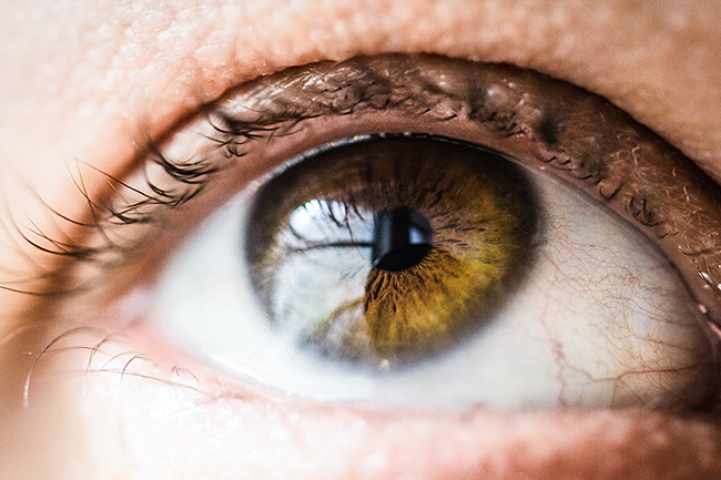
Safety of plastics
The unique characteristics of plastics can help in our everyday lives – keeping our food fresh, our surfaces hygienic, and our environments safe, while contributing to sustainability and a circular economy.
How plastics protect us
Packaging extends the shelf life of foods and beverages, preserving their sensory properties and protecting them from bacteria. Plastic packaging contributes to enhanced sustainability by reducing food waste.
Plastic pipes carry our drinking water safely and efficiently, and remove sewerage from our homes.
Many children’s toys are made of plastics, making them strong, lightweight, and washable.
Personal protective equipment (PPE), such as face masks, medical equipment, and safety helmets and suits (for example, for the fire service or chemical industry) rely on special plastics for the wearer’s protection.
In our cars, lightweight plastics are used to keep us safe with collision protection, airbags and safety belts, while enhancing our comfort. Lighter cars also improve fuel economy and reduce fuel consumption, which reduces CO2 emissions.
In sports, plastics provide consumers with efficient, light and strong safety gear. From bicycle helmets to protect cyclists to flotation devices for the water, plastics help to keep sporting activities safer.
Plastic is also durable, strong, hygienic, lightweight and secure – meaning it can be used safely across many different applications.
There is much legislation in place to ensure that plastics are safe for use and as plastics and sciences evolve, the safety requirements adapt accordingly.









